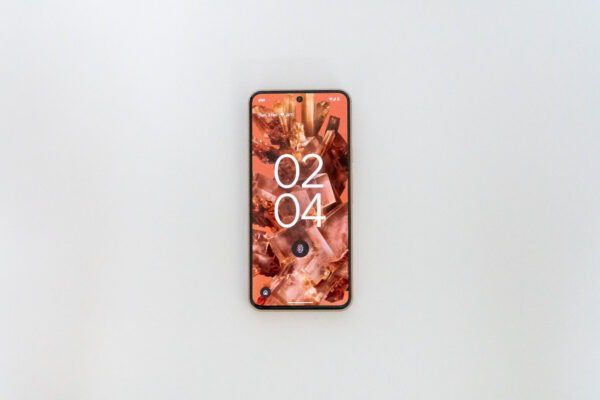
Google’s Pixel 8, the smaller of their two flagships that launched this year, is great. It’s very much like the larger Pixel 8 Pro, just in a smaller package. Does that make the Pixel 8 a good choice for those who prefer something smaller? I’ll share my thoughts.
First up, let me just start off by saying Google offered my review unit in the Rose colourway. It is an absolutely beautiful colour. This colourway is not offered for the Pixel 8 Pro, and it’s arguably more attractive than the Bay (i.e. blue) colourway that is unique to the larger Pixel.
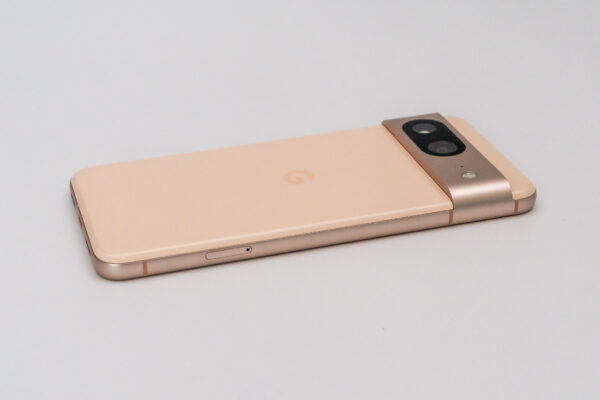
In my Pixel 8 Pro review, I said that the Google had put in a lot of small incremental upgrades, some are meaningfully awesome, others are lesser so. The new AI stuff are really cool. These are things Best Take, which swaps out faces that were actually photographed in close time proximity, into a composite creation that didn’t actually happen at any instance in time. Or Magic Editor, which ups the Magic Eraser one level by allowing you to remove or relocate objects, not just people.
Although we know these edits can be done with Photoshop, it’s starting to get scary that such distortions of reality are now too easy. Clever AI helps you make better photos and videos that did not actually happen. I think, regardless, we’ll all still love these features.
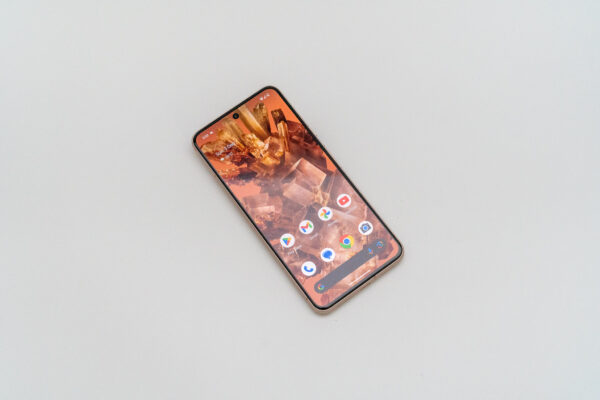
The Pixel 8 is quite a bit smaller than last year’s Pixel 7. It’s shorter (150.5 vs 155.6 mm) and narrower (70.8 vs 73.2 mm), though a tad thicker (8.9 vs 8.7 mm). I think for people who love more compact phones, the Pixel 8 slightly trimmer body would be very welcomed.
The slightly smaller body does mean the Pixel 8 has a smaller display, though only slightly at 6.2-inches compared with the Pixel 7’s 6.3-inch. The displays have the same resolution of 1080 x 2400 pixels, but the Pixel 8 gets an OLED panel with higher 120 Hz refresh rate, and a higher peak brightness of 2000 nits.
Here’re are some quick highlights of some the Pixel 8 and Pixel 7 specifications.
| Pixel 8 | Pixel 7 | |
| Display | 6.2-inch OLED 120 Hz, 2000 nits | 6.3-inch AMOLED, 90 Hz, 1400 nits |
| Main Camera | 50 MP wide, 12 MP ultrawide (with auto-focus) | 50 MP wide, 12 MP ultrawide |
| Selfie Camera | 10.5 MP ultrawide | 10.8 MP ultrawide |
| Wi-Fi | Up to Wi-fi 7 | Up to Wi-Fi 6e |
| Battery | 4575 mAh | 4355 mAh |
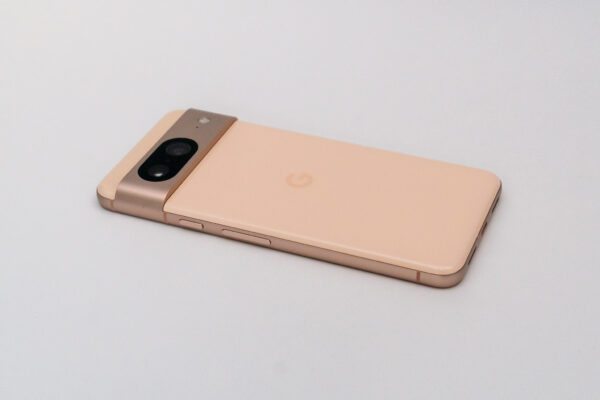
Although the main camera setup looks somewhat similar, they are actually different. The 50 MP in the Pixel 8 is not the same as that on Pixel 7. The ultrawide is wider, 126° vs 114°, and now has auto-focus, giving the Pixel 8 macro capabilities that the Pixel 7 did not have.
The cameras aside, the key improvements in the Pixel 8’s hardware are in two areas: better display (refresh rate and brightness) and larger battery capacity. The smaller body could be an important improvement too for some people.
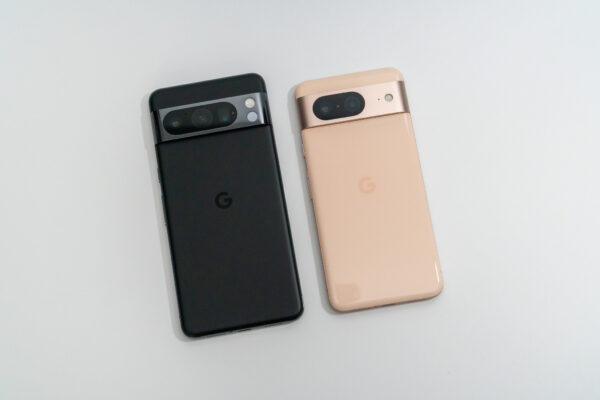
Apart from the obvious size difference, and specifications that are related to the body size (e.g. display and battery size), the Pixel 8 differs from the Pixel 8 Pro in a few ways.
- The Pixel 8 has quite a different main camera setup. They share the same 50 MP wide lens, but the Pixel 8 Pro has a new, higher resolution, ultrawide camera. Also, like before, the Pixel 8 does not have the telephoto camera.
- The selfie camera on the Pixel 8 lacks auto-focus, which the Pixel 8 Pro has.
- The Pixel 8 does not have the thermometer sensor, though this is likely not something important to most people.
Although the Pixel 8’s selfie camera isn’t exactly the same as that on the Pixel 8 Pro, it’s good to note that it does support Face Unlock just like on the Pixel 8 Pro.
Another bit on the camera. Most people are probably happy to just point and shoot. But if you’re one of those who like more controls, the new “pro” camera controls the Pixel 8 Pro has are not available in the Pixel 8. Also, note that Video Boost, a feature that sends video to Google’s AI in the cloud to improve the image, including sharpness, contrast, and colour, is only available in the Pixel 8 Pro. Sadly, it seems like Google sees the need to differentiate the Pixel 8 Pro from the Pixel 8 by locking out these software capabilities.
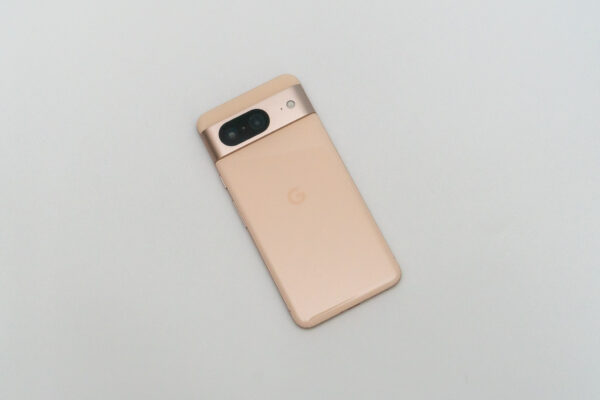
Lastly, and something quite significant, that I’ve got to mention. It’s just the same with the Pixel 8 Pro. It’s about software updates. Google is promising 7 years of OS and security updates for the smartphone. There’s a good chance that the hardware might not last 7 years. But if it does, you can look forward to Android 20 on the Pixel 8 in the distant future.
The Pixel 8 starts out $1,099, which is $100 more expensive than the Pixel 7’s launch price last year. This is for the 128 GB storage option. The good news, similar to the Pixel 8 Pro again, is that the 256 GB storage option is just $100 more at $1,199. Hence, the 256 GB storage is a good choice. You can choose between Obsidian (black), Hazel (grey), or Rose (as reviewed here).
The difficulty most people will have is to justify the rather high price point of the Pixel 8. The Pixel 8 launch promotions included several attractive offers, including straight-up $250 cash discount in some cases. I have not seen similarly attractive promotions in recent times.
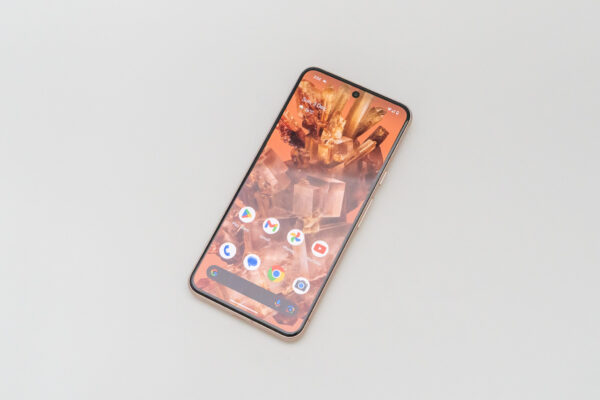
The Google Pixel 8 is a good smartphone with lots of AI smarts. I don’t think it is a major upgrade over the Pixel 7, though for some people, the smaller size, the brighter display, and the much larger battery could be good enough reasons to make the upgrade worth the price.
View Comment Policy